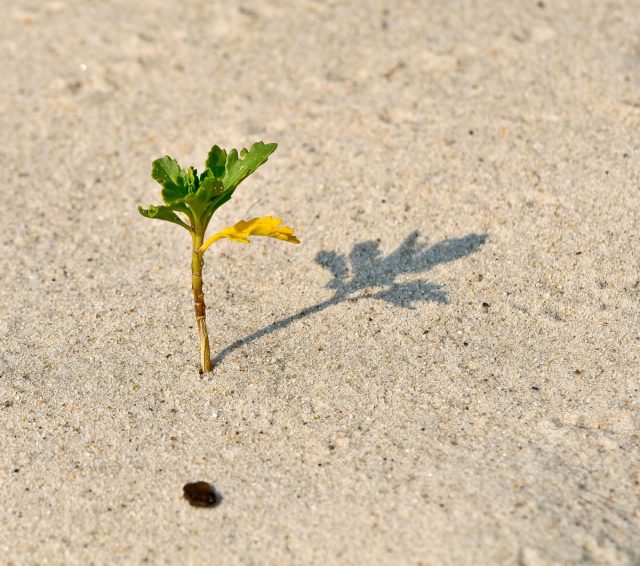When we want to take a new plant from a plant, we want them to proliferate, get more out of the plant or do our own experiment by joining several grafts… what we really do is colloquially called propagating it. Always, in order to achieve it, it is done through what are called: cuttings.
Explained in a summarized way (although we will try to make it clear later) it could be said that a graft is a section of the root of a plant, it is chosen by the area where it has greater robustness for replantation and the stem of the other plant that we want to “hook”” is grafted onto her. It “ties”; it crosses… whatever you want to call it. Always said in a simple, clear and very fast way. That would be more or less what is called a graft.
Instructions
- For a graft to be as such and to work, they must be in contact.
- It is important that the humidity and temperature are favorable. Always taking into account the season of the year.
- There are two types of grafts and they are called: approach and cleft.
- There are two types of grafts and they are called: approach and cleft.
- To make an approximation graft, two branches have to be joined.
- The plants are taken and must be close to be able to join them. The trunk is taken and must be lowered a little with a knife/razor and the same amount must be lowered equally on both floors.
- What you have to do is try to box it (puzzle piece type). It must fit one with the other.
- Then it is very important to wax the graft. It is basic so that it does not spoil or spoil.
- When we have united and waxed, we will have to take into account where you want to cut the plant so that a trunk does not begin to form and branches that grow where we do not want.
- To make a cleft graft, on the other hand, an exchange must be made at the stem end for a graft containing one or more than one bud.
- As in the other case, they must have a similar diameter in the bark.
- Cut through the stem area and from there, it should be an inverted u or vie shape.
- The spike is the graft and is a small branch that has a total of two or even three buds. It is very important how it is done in court. Never straight. It must be done in bevel/diagonal.
- As in the case of approximation grafting, it must always be finished, and it is very important, with cotton, tape or wax. To fix and protect it.
What do you need:
- Some pruning shears.
- Alcohol (to disinfect the scissors).
- Specific land for depending on which plant is transferred.
- A cloth (to cover the cuttings).
- Wax (to later protect the cuttings).
- Tape, rope… to be able to tie the cuttings.
- A bag with holes, to protect the cuttings made from frost.
- Fertilizers, fertilizers…
- Gloves. Always put them on to take care of your hands.
- A razor or knife.
Tips
Said very quickly, in case it was not yet clear, a graft can be summed up very clearly by saying that all kinds of plants, fruit trees, rose bushes, etc. can be reproduced. Doing it using this method. You can even try and, in fact, it is possible to make variations in the colors of the plants and flowers, sizes, varieties, etc.
Know and make it clear that the graft or the part that is called that is what corresponds to the stem area or can also be called the bud. In any case, you know that the bud and the stem are the same.
This specific area is the one that should be joined together with the other plant/variety. From there, a new plant will emerge. That is to say: only one leaves from two plants. Be careful, something extremely important is that, to make grafts, you have to do it with plants that are of the same class. That is, do not do crazy things with plants or fruit trees that have nothing to do with it, because it will not work.
Some plants that take very well with grafts are rose bushes. You can make beautiful mixtures, different colors, mixtures of colors, new aromas, and different sizes… a beautiful and varied potpourri.
Take into account the type of cut that is made, always at an angle and always the razors, scissors and knives, which are disinfected with alcohol. After cutting and using them, clean them again. In this way we will prevent other plants from being infected, in the event that there is one with a pest or disease.
And the grafts, whenever possible, that they are covered. Preferably with wax, but it can be done with whatever you have on hand at the time: rope, ribbons, etc.


















